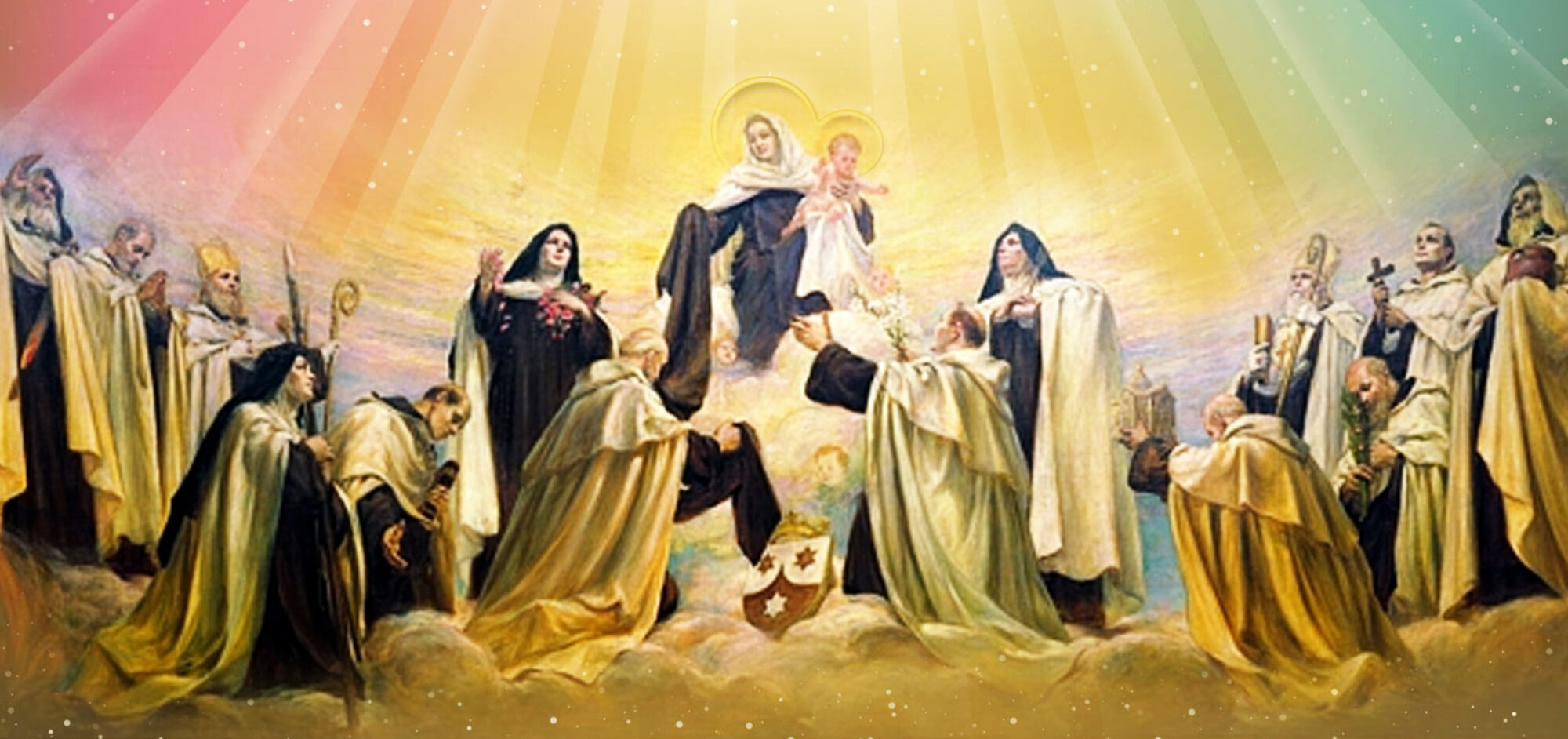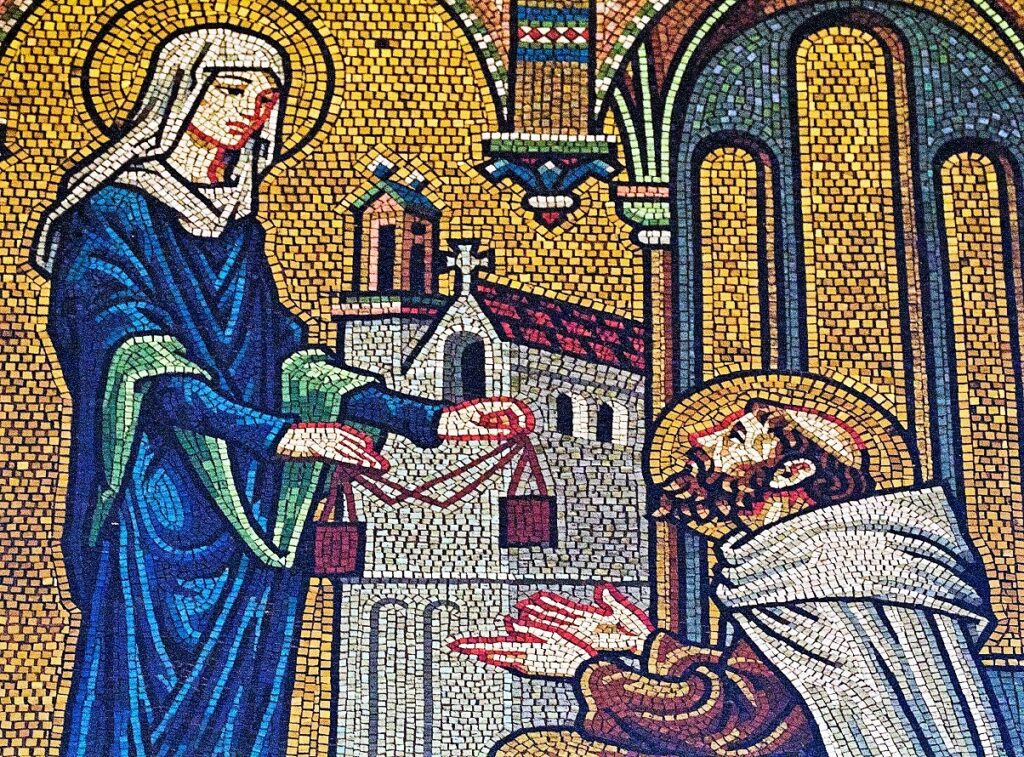
TERESA: A PRAYER CENTERED REFORMER (Part 8)
HER MAJOR WORKS
Interior Castle
Following the imagery Saint Teresa develops in her book Interior Castle, we are introduced to a new metaphor of the spiritual journey, a journey which each pray-er must make through the seven mansions of the human person to the center one where God alone dwells. Each of these seven mansions, with its lights and shadows, represents a stage in the growth to human maturity. Our growth in holiness is ordinarily very much in tune with our growth in human wholeness.
I realize that the metaphor of the four waters and that of the Interior Castle are ways Saint Teresa used to explain her personal interior journey. You might find other metaphors to understand your own.
Teresa has made a contribution to our understanding of vocal and contemplative prayer in the context of the present interest in spirituality. The important lesson for all of us to learn is that we need to be in touch with our own experience of the presence of Jesus, his Father, and the Spirit within us, as well as how Jesus Gospel message has influenced our lives. Our reflection on Jesus’ words and deeds under the guidance of his Spirit will bring about a growth to a human wholeness that transforms us into the likeness of Christ. With the help of an experienced spiritual companion or director, we will find our own metaphor to understand our life of prayer.
Way of Perfection
After Saint Teresa had founded the Monastery of Saint Joseph in 1562, her sisters learned that she had written in her book on her life something about prayer. Her confessor did not believe that the Sisters should read the Life. However, he advised her to write something for her sisters about the life of prayer that should characterize their life at Saint Joseph’s. The Way of Perfection is the treatise on prayer and the manner in which her newly founded community should practice virtue. Saint Teresa took the Our Father as her model. In this remarkable book, she gives primarily to her nuns but also to every Christian advice on how to live one’s life in openness to the inspiration and guidance of Jesus’ Spirit.
Saint Teresa’s experience of her virtues and frailties in the religious and secular environments of her times has qualified her to give to the laity, as well as to her own religious, remarkably good counsel on the spiritual journey. A prayerful, reflective reading of Teresa’s writings will unlock for you her rich spiritual legacy. You will find in her courage and determination to keep her attention on Jesus, who never took his eyes off of her, encouragement to be faithful in your own identification with Our Lord in the joyful, sorrowful, glorious, and luminous, mysteries of his Life.
Saint Teresa valued highly the spiritual direction that she received from holy and learned confessors and guides. From persons who were well qualified to advise her, this Mother of Spirituality gratefully and humbly received the enlightenment she needed to discern the initiatives of Jesus’ Spirit in her life. By her openness to others as friends and companions on this life’s pilgrimage, Teresa has taught us that we are walking with Jesus in the company of those who love and support us into the House of his Father.
In prayer we learn that we are this Dwelling Place in which Our Lord with his Father and Spirit have taken up their abode. Saint Teresa’s final word to those who desire to reach the innermost dwelling place where God abides is to persevere with complete trust in our Divine Friend, who will not allow us to die of thirst but will reward us with the Living Waters about which he spoke to the Samaritan Woman.
The fruits of a genuine prayer life more than compensate for the self-discipline we must practice to be faithful to a prayer regime. We acquire a deeper understanding of one’s self and a greater understanding and tolerance of others. The dimensions of our consciousness are expanded to see the larger picture where we experience how much each of us has been gifted to share with one another the privilege of being Christ bearers in our society. The practice of Mental Prayer in our secular world sensitizes us to the need for a renewal of ethical values and to the importance of possessing the special skills for dialogue that openness to the enlightenment and guidance of the Spirit of Jesus bring. The union of one’s will with the Divine Will in a “prayer centered” life will empower us in our lives as it empowered Teresa in hers.
(….will conclude in next part)
Article by Mary Eileen McNamara, OCD , titled “Saint Teresa of Avila: Prayer-Centered Reformer”, Published in Spiritual Life, Summer 2010.
To read St. Teresa’s Major Works here in pdf format Click the links below:
To listen to St. Teresa’s Major Works as an audiobook Click the links below:
for older posts, visit our blog – http://flos.carmelmedia.in



